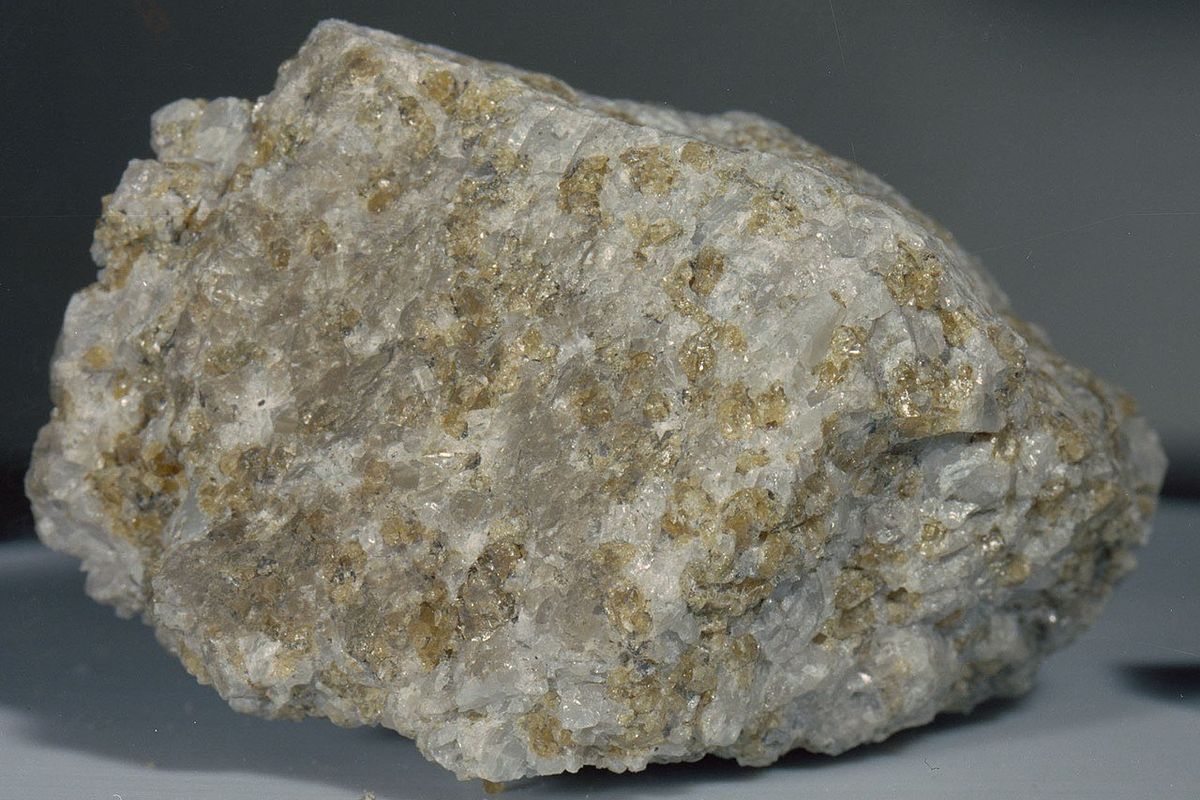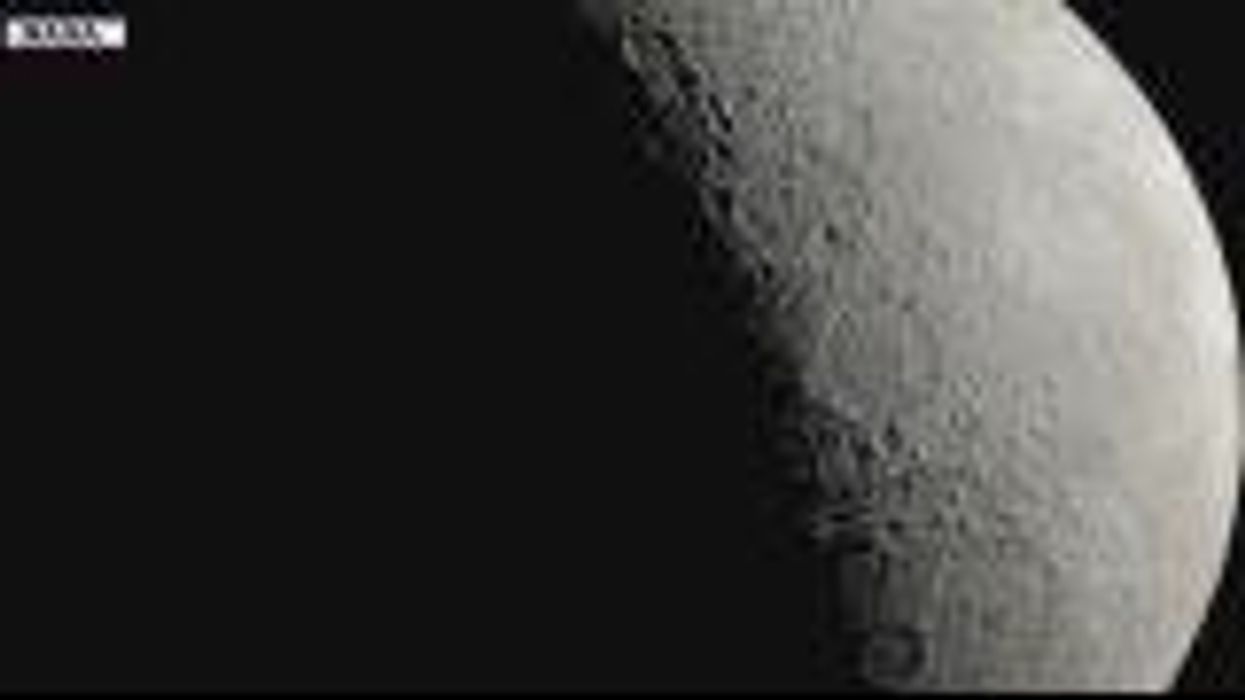Science & Tech
Harriet Brewis
Nov 27, 2023
How much water and ice is there on the moon? An ASU …
Fox - 10 Phoenix / VideoElephant
There are a few hurdles humans will have to overcome before we can successfully colonise the Moon.
We’ll need to develop sustainable sources of breathable air, food, energy and, of course, water, to name but a handful.
The good news is that whilst these challenges are by no means small, we’ve just taken a giant leap towards achieving at least one of them.
New analysis of lunar rocks collected during NASA’s Apollo missions has revealed the presence of hydrogen for the first time.
This means that future astronauts could, one day, generate water right there on our celestial companion for drinking and manufacturing other important products, including rocket fuel.
The US Naval Research Laboratory (NRL) had been loaned the rocks for a study and, last week, they announced that they’d discovered the water-forming element in one of the lunar soil samples.
They believe it was formed thanks to a barrage of solar wind and possibly comet strikes on the Moon.

"Hydrogen has the potential to be a resource that can be used directly on the lunar surface when there are more regular or permanent installations there," the study’s lead author, geologist Katherine Burgess, said in a statement.
"Locating resources and understanding how to collect them prior to getting to the Moon is going to be incredibly valuable for space exploration.”
According to one NASA estimate, it would cost thousands of dollars to send a bottle of water to our beloved natural satellite.
Therefore, if we can produce water on the lunar surface itself, it would cut costs astronomically.
As NASA notes in an explainer on its website, the Moon’s hydrogen deposits could be mined if they are “sufficiently abundant” and could be broken down into its components to create some of the key products we’ll need to set up shop there.
Furthermore, in 2020 the space agency announced that water was present on its sunlit surface, not just in cold, dark areas as previously thought.
The Moon’s south pole has long been considered the optimal location for any future lunar base because its numerous craters experience both permanent sunlight and shade, making it possible to generate electricity using solar panels while also having ice to mine for water, as New Scientist notes.
However, interestingly, the rocks collected during the Apollo missions were taken from near the equator, rather than its poles, meaning that the NLR’s findings offer "important implications for the stability and persistence of molecular hydrogen in regions beyond the lunar poles.”
Nevertheless, we shouldn’t expect to see hydro plants on the Moon any time soon.
As NASA joked in a 2020 article: “What’s big, covered in water, yet 100 times drier than the Sahara Desert?
“It’s not a riddle, it’s the Moon!”
Sign up for our free Indy100 weekly newsletter
Have your say in our news democracy. Click the upvote icon at the top of the page to help raise this article through the indy100 rankings
Top 100
The Conversation (0)














